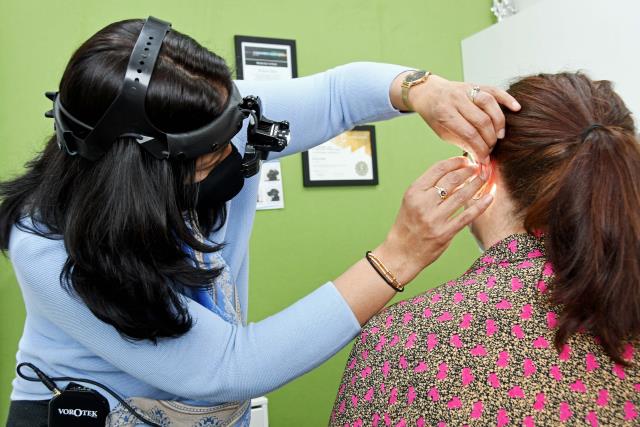As a little girl growing up in Montrose during the late 1920s, Joan Balcombe got up to the typical fun, and sometimes mischief, of the era with her brother, sisters and cousins in tow.
But in October 1938 at age 11, Joan witnessed one of the biggest events to occur in Australia at the time – the Kyeema Plane Crash.
Living on Trevallyn Close, Joan said her parents owned a house and a property which was adjacent to the primary school.
Recalling the day the plane crashed into Mount Dandenong, Joan said her mother was pushing her younger sister Shirley in the pram on the veranda.
“She rushed the pram onto the road, she thought it was going to crash on the house, it was so low,” she said.
“It was a very foggy morning, you couldn’t see a hand in front of you.”
Moments after the plane had crashed, Joan’s uncle, Fred Emery, who was part of the fire brigade, arrived in his ute and was going to the site.
“I just hopped in the back [of the ute] and I can remember, he was quite close to it, but he said, ‘stay in the car’ and I didn’t, I got out because there wasn’t a fire or anything,” she said.
“I remember there were newspapers all around. I remember picking up a piece of silver and when I got home, I got a nail and etched the name of the plane into it. I had that for years and years but when you move around, things get lost.”
Her younger brother Jack, who was 10, also ventured up by foot with some school friends to the crash site.
Joan said “the people who lived up in Kalorama and Mount Dandenong were the first to go there” but as news spread through the grapevine in Montrose, people were curious.
After that day however, everything returned to normal in Joan’s life and as the country saw World War II come about, the plane crash became a distant memory.
It wasn’t until 70 years later that Joan stumbled on a book by local Macarthur Job called Disaster in the Dandenongs which documented the crash and how it happened, that her memory was triggered.
“These things still stay in your mind. Growing up from 11, you wouldn’t even think about it again. I was 14 when I looked for work and so, it’s out of your mind. For years and years, it’s out of your mind. It doesn’t come up again,” she said.
Born in July 1927, Joan was the oldest with her brother Jack only a year behind, followed by Dorothy and Shirley.
Montrose was quite different in those days and Joan remembers the orchard her dad grew, the cow in the property next door and having to go collect the mail after school.
“We had no electricity. We only had tank water and the battery wireless. We loved listening to Dad and Dave in those days.
“On Sundays, dad put the trailer on and we’d go up as far as Kalorama and get wood for the wood stove for the week.
“We had a cow, dad was the only one that milked the cow in those days, and we only had a bath on a Friday night. We weren’t allowed to have soap because dad kept the water from the bath to put on his orchard.”
Known as ‘tiger’ for always climbing trees and onto the roof, while a few mishaps happened, Joan said “we had to make our own fun after school”.
To keep them occupied on a Saturday, Joan and her brother used to sell their dad’s flowers.
“Dad grew Boronia flowers and on Saturdays, he worked on the border works, and he had the weekend off.
“So we bunched up the Boronia flowers, and dad put out a board notice ‘shilling a bunch’, and my brother Jack and I would go down Swansea Road and if any car slowed down, we would run down, hoping it would stop. That was our holiday money.”
Life changed quickly for Joan, going from young girl to adult in the space of five years.
“I joined the Australian Land Army at 16 with my cousin Edna. She was a year older. Edna was sent up to Shepparton, which we didn’t even know where Shepparton was. It was frightening,” she said.
“But I was just off Canterbury Road. And I was lucky enough that I got there so I could just ride my bike.
“I was there until 17 and then ‘45 the war ended. It was pretty hard work. It was frightening going down in these big silos to clean them with a spade on your back.
“I remember I would climb up the ladder and down the ladder with the sacks on our back and spades to clean out the bottom of the silos, and we had to harness the horses and dig around the orchard and clean up all the chook poo.”
Despite having to work hard, Joan never lost her spirit, always dancing and singing in performances with her cousins at the town hall and continuing this into her older life.
Moving to Healesville in 1989, Joan was one of the foundation members of the Probus Club, joining in 1992 and singing in the choir for 19 years.
At 97-years-old, Joan still lives in Healesville and is the proud mother of six beautiful children, and is now grandmother to eight grandchildren and two great grandchildren.
“I’ve had a good life, even if it has been a hard life at times.”








